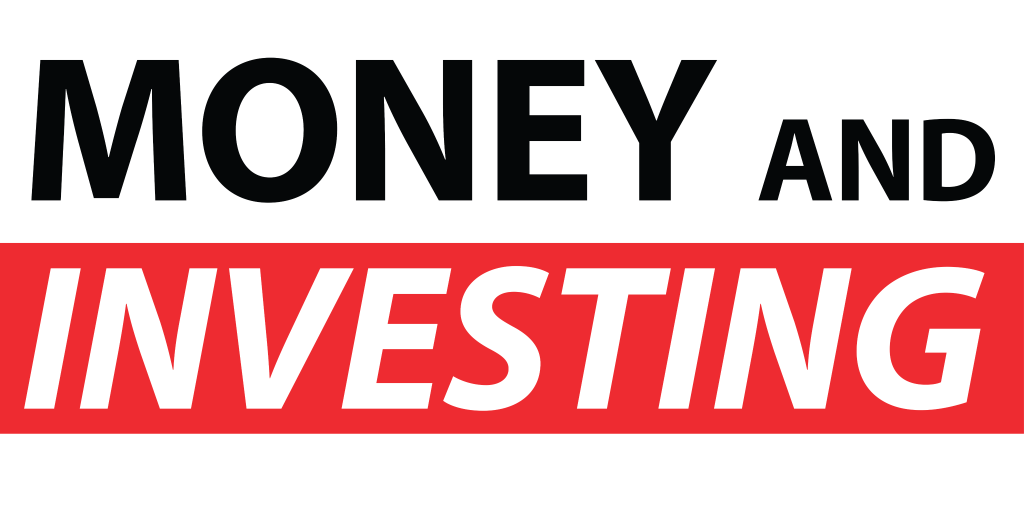As a question so many people new to the investing world are fixated with. Also, how and when to use leverage can either make or break your investment. Using borrowed money to gear up can amplify your potential returns. But it can also become diabolical from a risk perspective. Here’s what you should know and ask yourself before using leverage in your investing:
Learning about Leverage
To ensure everyone here is on the same page when it comes to what ‘leverage’ actually means. Also, what we mean is investing with borrowed money. A classic example of using leverage is having a mortgage on your investment property. Where a small component of the property is made from your own funds. And the rest made up of the lenders.
Say you put down a 20% deposit, you’re effectively working with 5x leverage. As the bank makes up the other 80% on your behalf. The same can emulate in the stock market using various techniques like CFD’s or margin lending. And where you may only put down a small amount to gain large exposure on shares. Why do people use leverage? The answer is simple – a potential for much greater return on investment.
Ask Yourself – Do you Really Understand What it is?
The first key question that professional trader of 27 years, Andrew Baxter, says to ask yourself is: do you really know and understand what leverage is? If you’re investing your hard-earned cash. And you ought to know what it is you’re getting into and the intricacies behind it. Understanding leverage comes with first understanding your downside risk. Also, knowing that by gearing up on your money, your risk is amplified if that investment were to take a downturn.
Often in these instances, the investor force to pour in more money in order to satisfy the loan to value ratio on that particular asset. And just to avoid have their investment liquidated by the lender. If you don’t have that cash available to top up the investment. The lender has the right to retrieve that equity by any means possible – which may mean administration of your assets. Yes, the potential return of a leveraged investment is attractive. And albeit understanding the wicked risks first is paramount.
What’s your Motive?
Here is another key question host Andrew Baxter says to ask yourself before using leverage. And that is your motive for wanting to use it. Once you’re across the nuances of how leverage works, and really understand the risks associated with it. Also, you have to understand what it is that’s driving you to want to gear up into an investment. Having the competence and the confidence to be able to manage the risk on such investment is key. As anyone who truly understands the game of investing knows that remaining unemotional is the only way to play.
Wanting to use leverage because you’re greedy, desperate, or maybe have FOMO are not motives to invest in this manner. Host Andrew Baxter exclaims that a lot of new investors like to gear up late into an investment to get what they can out of it. Despite arriving at the party after everyone’s already gone. If you weren’t able to make an early decision with a high-level confidence. Additionally, your motive for wanting to use leverage is a recipe for disaster, and your competence probably isn’t there either.
Understanding Market Timing
Once again, the notion of being competent and confident in your investing are two crucial skills here to have mastered to understand market timing. Why is timing so important? Well, if you’re gearing up into an investment at the top of the cycle, chances are you’re probably going to find yourself in a precarious position when there is a pause for breath or pullback in that market. Many investors make the mistake of gearing up to the hills at the very top of the cycle, only to find themselves kicking in more cash when the asset turns around. Being educated is key here – host Andrew Baxter says that in these times where markets are running pretty hot across the board is a time where you would actually wind back your positions (not increase them).
Stock Options – Limited Risk Leverage
Using leverage can be very risky, albeit when done correctly, it can also be very profitable for the savvy investor. Host Andrew Baxter particularly advocates the use of options as a safer, more structured way to use leverage in the stock market.
Buying stock options, for example, is a great way to have leveraged exposure to the upside on shares, although with limited risk – considering your downside is only limited to what you choose to outlay for the options, thus, there is no risk of a margin call. You can also offset the cost of buying options by selling them too in order to generate income, which are various strategies Andrew teaches via Australian Investment Education. To learn how to use leverage more safely and for other tips and tricks on the stock market, reach out to his team.



